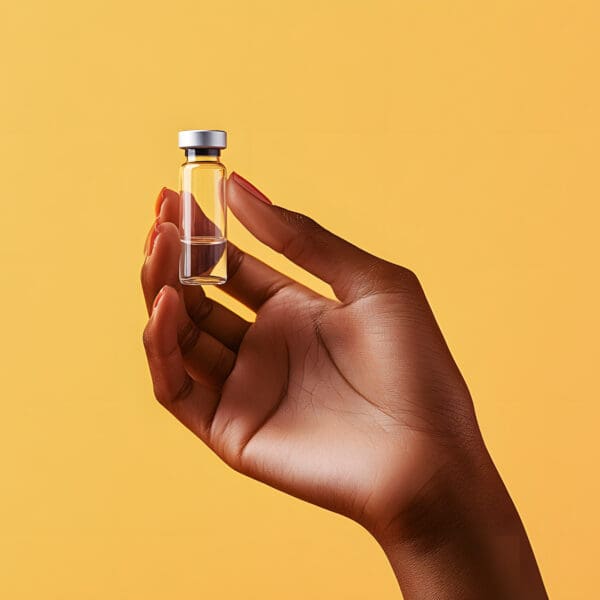I recently came across an article that I felt was worth sharing with the PUR-FORM community. It offers clear, research-based information on how adding cinnamon to your daily routine may support healthier blood sugar levels. The encouraging news: the science is solid, and the recommendations are practical for most people.

Why Cinnamon Matters
Cinnamon has been studied for its ability to help lower blood sugar, particularly in individuals with type 2 diabetes or Polycystic Ovarian Syndrome (PCOS). PCOS is a hormonal condition that causes insulin resistance, similar to diabetes. Despite its name, women do not need ovarian cysts to have PCOS. The condition is rooted in hormone imbalance.
Research suggests cinnamon is not a miracle cure, but it can be helpful. Studies show it may reduce fasting blood sugar by around 11 points and lower HbA1c, the test that reflects your three month average blood sugar, by a small but clinically meaningful amount.
New Research: Cinnamon + Berberine
One of the most interesting findings comes from a 2025 study showing that combining cinnamon with berberine, a natural plant compound, enhanced these benefits even further over 12 weeks. Together, they appear to activate the AMPK pathway, often described as the body’s master metabolic switch. When AMPK is activated, cells use sugar more efficiently and become more responsive to insulin.
In simple terms, these natural compounds can give your metabolism a gentle nudge in the right direction. They will not replace diabetes medications, but they may offer helpful additional support.
How Cinnamon Helps
Cinnamon seems to work through several mechanisms:
• It helps insulin move sugar out of the bloodstream more effectively
• It slows how quickly food leaves the stomach, helping prevent spikes after meals
• It may reduce inflammation, a key contributor to insulin resistance
The article also provides practical guidance: aim for about ½ to 1 teaspoon of cinnamon daily sprinkled on oatmeal, yogurt, or even mixed into coffee, and be consistent for at least two months to see results.
A Critical Safety Point
One of the most valuable reminders in the article is the distinction between types of cinnamon. Many people do not realize there are two main varieties:
• Cassia cinnamon (the most common grocery store type)
• Ceylon cinnamon (true cinnamon)
Cassia cinnamon contains much higher levels of coumarin, a compound that can cause liver damage with regular use. In fact, Cassia has roughly 250 times more coumarin than Ceylon. Taking just a couple of teaspoons of the wrong type, especially in supplement form, could pose a risk. For anyone using cinnamon regularly, Ceylon cinnamon is the safer choice.
What We Still Do Not Know
It is also important to note that most research has been done in individuals who already have diabetes. While cinnamon may help others, we do not yet have strong data to say for sure. This kind of honesty is important because it helps patients make informed decisions based on what we truly know.
Bottom Line
This article offers balanced, practical information that empowers patients to make small, safe changes that may support their overall blood sugar control without overpromising results. For those interested, I have included a link to the full article below.
Dr. P















